
Thank You Letter for Appreciation – 19+ Free Word, Excel, PDF Format Download!
Letters expressing words that convey appreciation is a methodology that has been in existence since time immemorial yet many of…
Jan 24, 2020
There are 2 major forms of warnings given at work. The first warning is often expected to be relayed verbally and the second warning is relayed in a written form through a warning letter. Some companies also find it effective to give a first warning letter right away instead of a verbal notice. While employers have the right to issue a warning letter to their employees, in accordance with their respective observations, employees also have the right to respond to it by either acknowledging or challenging any warning issued under their name.

Every employment contract stipulates the right of employers and employees towards each other. What forms binding in between these parties commonly include a subsequent job termination upon grave violations that are way beyond company policies, rules, and regulations. At a certain level of offense is a designated warning letter, but it must be dealt with accordingly before enforcement of warning and possible termination.
As a matter of fact and circumstance, it is always appropriate to filter the factors that could encourage an employee to write a warning letter response. Replying to a warning letter is a professional way of dealing with issues in the workplace. Here are factors to consider so employers will not directly think of the correspondence as an act of insubordination.
Employees have to keep in mind that they are covered under relevant labor laws. It is an employee’s right to respond to a warning letter and promptly give a reply as an explanation to shed light on matters within the workplace. Just because official warning letters are issued to a certain employee doesn’t mean he or she is subject to immediate termination. Warning letter replies are means of observing due process for every employee.
The level of offense is an important factor to look into when writing a response to a warning letter. Considering the gravity of every offense is appropriate when formulating a reply. It is in this manner that work issues and concerns are tackled well before employers rest their case on irrelevant conclusions that might only terminate employees on unreasonable grounds. Employees should also be notified of the offense. In all cases, it is important to specify and indicate the level of offense just so both parties concerned are on the same page.
Once the information on the warning letter is confirmed and validated, only then could employers execute employment termination letters for employees. It might not be an assurance that all the information in warning letters are accurate therefore before you send a reply, validation is important. This factor could either make or break your response and it should be composed accurately to be able to deliver a relevant response.
There should be a credible explanation given to every employee behind every warning letter. Whether it’s an explanation for an attendance warning letter or for an overall behavior warning letter, it is an employer’s prerogative to clarify the reasons behind the warnings given. Should there be more than one concern, every reason for giving the warning letter needs to be elaborated so employees would have a clear understanding of the situation they are dealing with.
The intention to write a warning letter reply is relatively different from the substance of the response itself. The factors comprehensively discussed above would be a lot of help as a guide to writing more sensible and better replies. Warning letters may be formulated for a lot of reasons but it should be dealt with in a similar manner to be able to maintain professionalism within an employer-employee engagement.
It may be quite upsetting to be the recipient of such a correspondence in your workplace, but responding in a rude and unprofessional manner will not help your case. It is important to compose one’s self once handed a warning letter. Bear in mind that whether or not you wish to challenge or confirm the warning, your response must be appropriate at all times.
Here are our suggestions on how you respond to a warning letter:
There isn’t any information you would want to overlook in this situation. You would have to dissect the essentials of the warning letter issued to you. It helps to thoroughly review the missive well enough so you can structure your response accordingly and so it would cover all the necessary points you are either accepting or refuting. You could either itemize concerns or summarize the points on why the said warning was issued in the first place. This way, you get to easily figure out what you would want to disagree and agree with.
The warning letter serves as an employee’s guide on what needs to be challenged or confirmed. Structure the elements in your letter according to what you want to tackle in your response letter. Format the flow of your explanation and address your concerns point by point. Not all cases of employees can be confirmed in an instant and not all of which are to be challenged. What should be highlighted as something important is the fact that employees get to point out what is true, what needs clarification, and what is an outright falsehood.
Before dealing with the content and structuring your reply, keep yourself reminded of the formal letter writing technicalities. Using the business letter format for your response, you would need to include the recipient, subject, salutation, and main body of the letter. Everything has to be structured in a way so that your employer will receive the impression that your response was done professionally.
Writing a response to a warning letter is still a form of courteous correspondence. Employers would need to know through a designated employee’s acknowledgment whether the grounds upon which the warning is founded is true or not. Warning letter responses give way for employees to explain themselves through just means. In the same way, employers also get to hear the contentions of their employees. This makes it convenient for both parties to settle concerns and issue subject to a warning.
It has always been generally assumed that warning letters issued to employees are done so due to offenses and misconduct. However, companies should also be fair enough in giving what’s due to their employees in terms of validating and confirming a specific reason for the warning letter.

Letters expressing words that convey appreciation is a methodology that has been in existence since time immemorial yet many of…

Always have your letter written on time before the day you want to quit the job. A period of two…
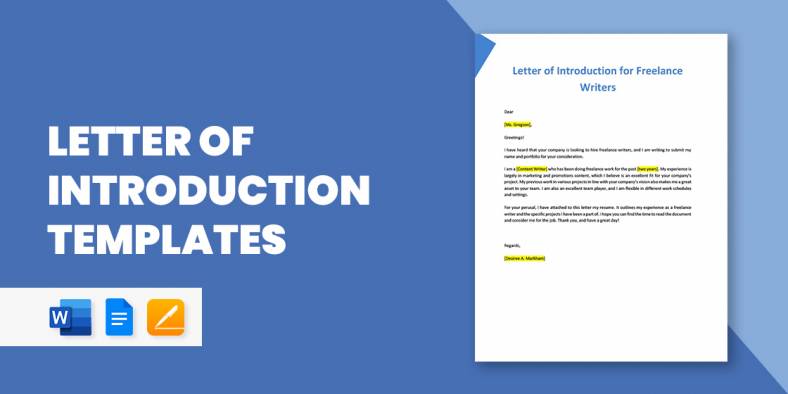
It isn’t easy to talk to someone you have only met for the first time. Opening up to them, especially…
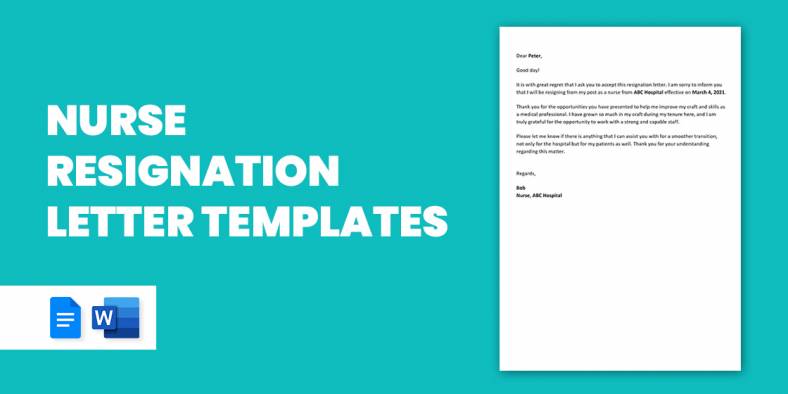
There will always come a time when a nurse decides to leave an institution and move on to other opportunities,…
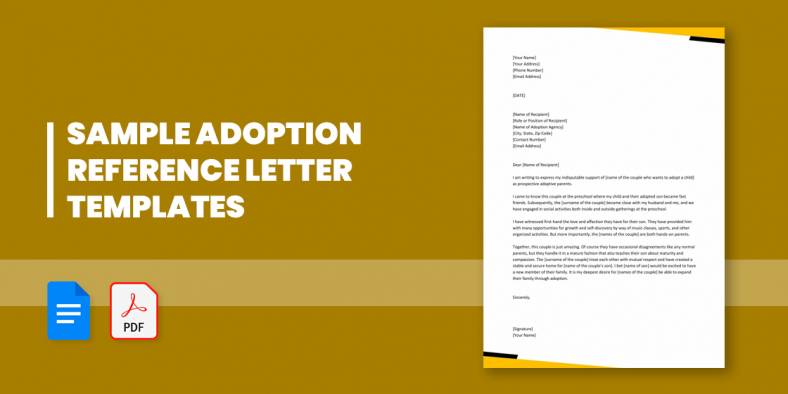
Do you want to adopt a child or a sister and brother and become the best parents? You may have…

From time to time, you may be called upon to write a reference letter for a colleague. In that case,…
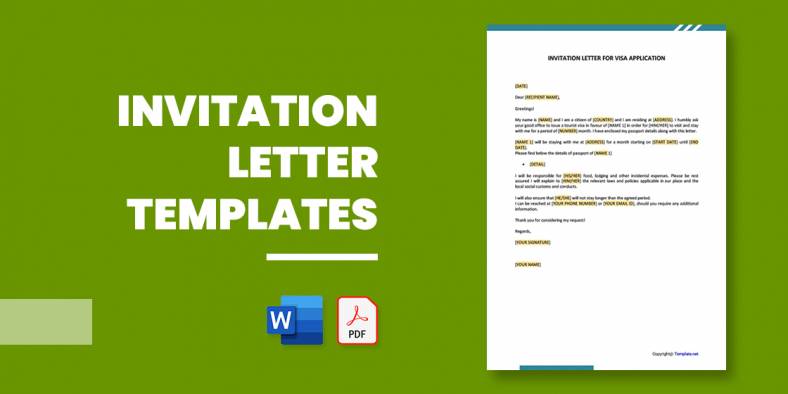
How to Write Invitation Letter Heading Living in a fast-paced world is never easy, but thanks to modern-day internet technology,…
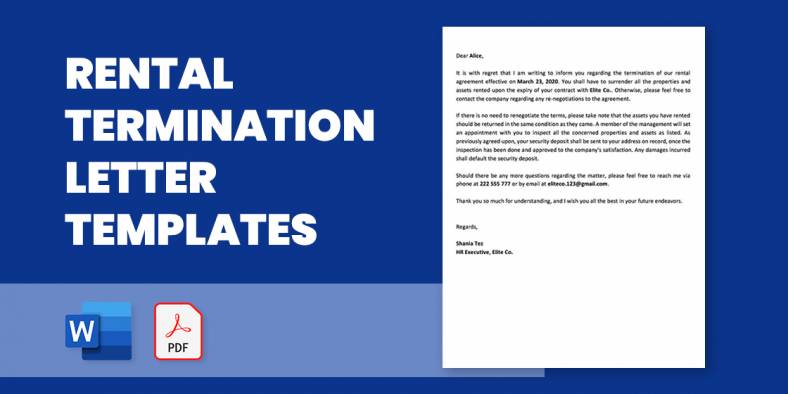
Writing a termination letter is not easy. The situation is usually further complicated if the parties involved in termination are…
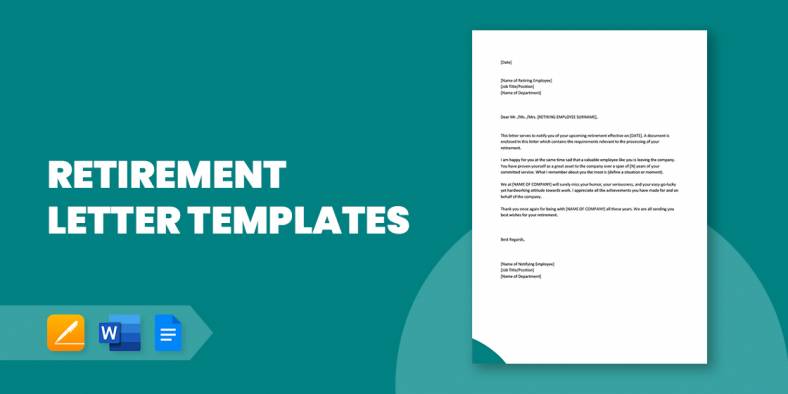
When the bell to put away your work cloth rings, you know it is time to pick up a retirement…